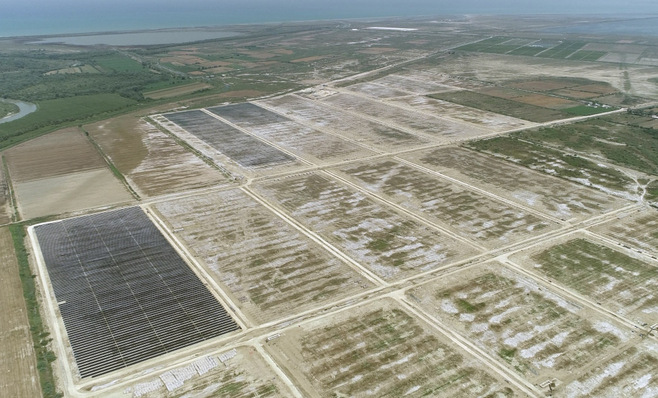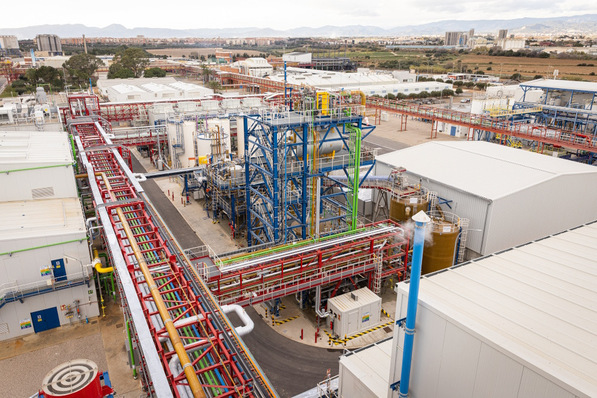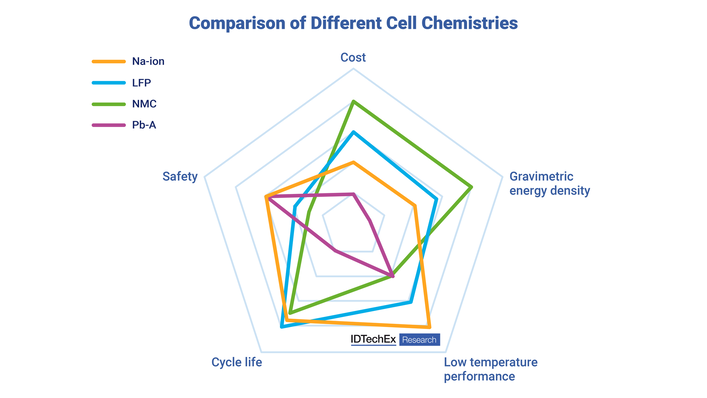Solar power is one of the fastest growing renewable energy technologies. In 2023 alone, over 340 GW of new solar power was installed. With rising energy demands, concerns over energy security, and increasing decarbonization goals, solar power installations are only anticipated to rise. Silicon currently dominates the solar market. Substantial investments, government initiatives, and consistent research to enable a reduction in the cost of solar energy have helped drive significant growth of this technology.
However, silicon solar is reaching an efficiency limit, along with this, the rigid and heavy nature of the technology restricts its overall application scope. Perovskite photovoltaics have garnered significant attention as alternative solar power technologies due to their lightweight and flexible properties and significantly lower manufacturing costs.
Also see: FuturaSun manufacturing project selected for EU funding
In their new report, “Perovskite Photovoltaic Market 2025-2035: Technologies, Players & Trends”, IDTechEx comprehensively covers the perovskite photovoltaic market, including the emerging trends and application areas driving its growth, along with detailed assessment of the key technology types, namely thin-film perovskite, perovskite/silicon tandem and all-perovskite tandem.
Data driven benchmarking of the key solar technologies, alongside in-depth assessment of the key and emerging players helps to formulate granular 10-year market forecasts for the entire perovskite PV market. Further assessment of the scalable manufacturing processes, key material trends, and alternative applications for perovskite PV are used to form a holistic viewpoint for the outlook of the perovskite solar market, with IDTechEx forecasting annual perovskite PV revenue to reach almost US$12 billion by 2035
Cubic crystal structure
Perovskites are a class of materials with a cubic crystal structure in the form ABX3. In semiconducting perovskites (used for PV), the A site is typically filled by a large organic cation, either methylammonium (MA+) or formamidinium (FA+). The B site is occupied by lead or tin and is octahedrally coordinated by halide (X site) ions. Perovskite solar cells can be deposited as a thin-film, typically 5 to 500 nm thick, using solution-based deposition processes.
The perovskite active layer is deposited onto a substrate such as glass or plastic and is sandwiched between electron and hole transport layers and electrodes, which allow the effective conduction of charge to power an external load. Fabrication of perovskite solar cells is sheet-to-sheet or roll-to-roll compatible, allowing for scalable and automated manufacturing, which is highly attractive from a financial perspective. Perovskite synthesis also requires relatively abundant and low-cost raw materials, again helping to considerably lower manufacturing costs.
Also see: Developing a tandem solar module with over 25 per cent efficiency
Perovskite photovoltaics can be divided into single-junction or tandem solar cells. All single-junction solar technologies possess a theoretical maximum power conversion efficiency (PCE) of approximately 30%. As with silicon solar, single-junction perovskite solar cells will reach an efficiency plateau. Their lightweight and flexible nature means that single-junction perovskite solar cells are being explored for use in building integrated photovoltaic applications, where the solar panel replaces building materials, such as windows.
This has so far been a limited application sector, however, growth is anticipated with the ramp up of perovskite manufacturing capacities. Continued technological innovations to improve durability and the lowering of costs with economies of scale all contribute to increased perovskite PV uptake.
Tandem architecture configurations
Overcoming the efficiency limit of single junction solar cells is possible through employing a tandem device architecture. By stacking two sub-cells on top of one another, the device's PCE limit is increased to approximately 43%. Again, due to its low cost and lightweight nature, perovskites provide a significant opportunity for the development of a high-performance solar cell.
Also see: Perovskite – New findings on high efficiency
The optical properties of perovskites can be engineered by manipulating the chemical composition of the material. Perovskites can be produced that are able to absorb high-energy wavelengths of visible light (blue) and convert them efficiently to energy. Silicon has poor conversion of these wavelengths but converts lower energy wavelengths (red) more efficiently. By integrating both materials into a tandem structure, the conversion efficiency of incident light and, hence, power output per unit area is increased.
Watch also: Video – perovskite breakthroughs are the future of solar
There are two typical tandem configurations: two and four-terminal. In the case of the 2-terminal (2T) configuration, the perovskite top cell and the silicon bottom cell are monolithically integrated and connected in series. In a 4-terminal (4T) architecture, the two cells are fabricated independently and mechanically stacked. The 4T device architecture requires more manufacturing steps, however, employing this structure allows for independent sub-cell optimization to provide a low-cost drop-in solar solution.
Existing silicon solar manufacturing lines can be used, with the perovskite sub cell fabricated independently, and then processed to form the entire perovskite/silicon tandem solar panel. With the scale and maturity of the silicon solar market, the use of perovskites to enhance this technology, is, in IDTechEx’s view, the most significant opportunity for this sector.
Perovskite/silicon tandem solar cells anticipated to dominate
Perovskite/silicon tandem solar cells are overall anticipated to dominate the perovskite PV market. Their similar mechanical properties to single-junction silicon solar, whilst achieving higher PCEs, makes them particularly suited for traditional solar applications, including solar farms and rooftop application. As first-generation solar technologies reach end-of-life around 2030 and beyond, it is likely an increase in uptake of perovskite/silicon tandem solar will be seen, especially as costs lower significantly with economies of scale.
The higher power output per unit area for perovskite/silicon tandem solar cells, with a comparative price to silicon solar, makes them significantly attractive to utility providers, industry, and consumers, where technology and price optimization are imperative. Many manufacturers are therefore already touting perovskite/silicon tandem solar as the next “major solar technology”. (Maia Benstead/hcn)








